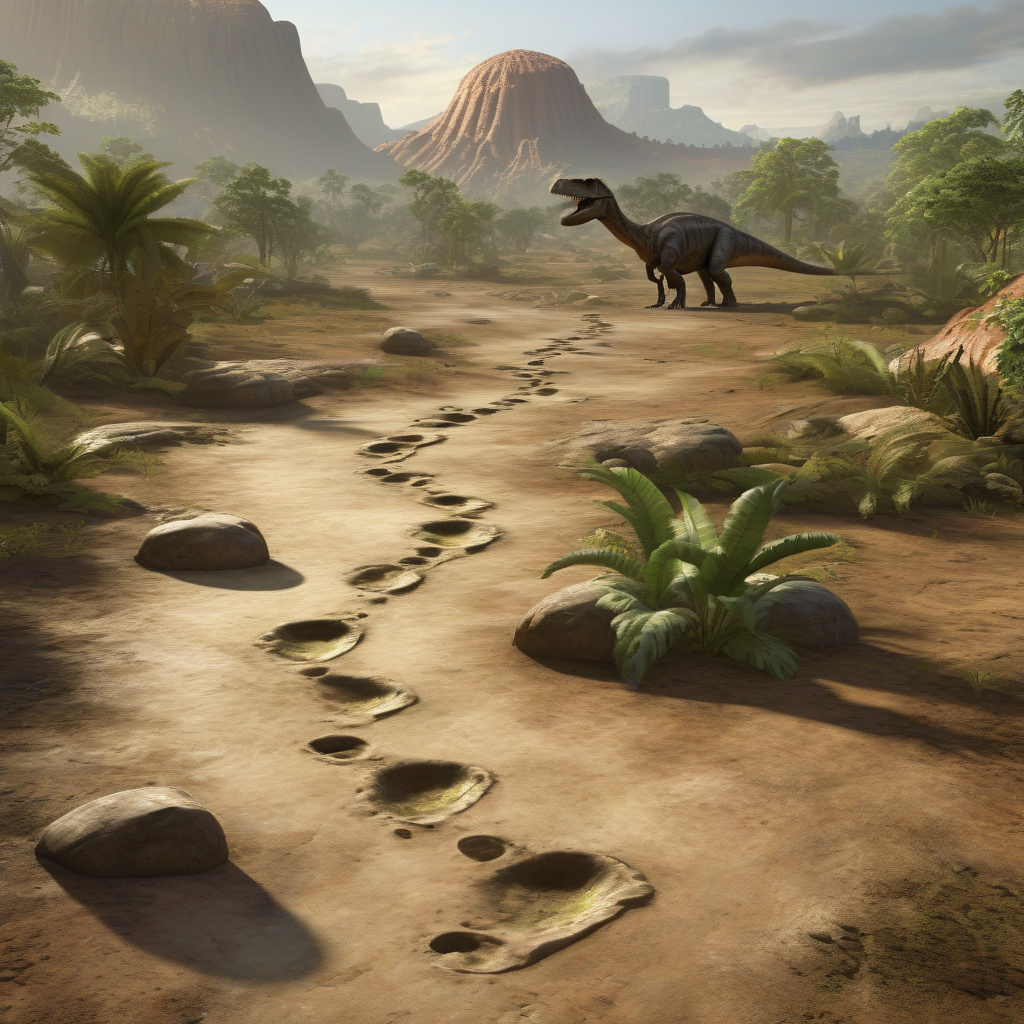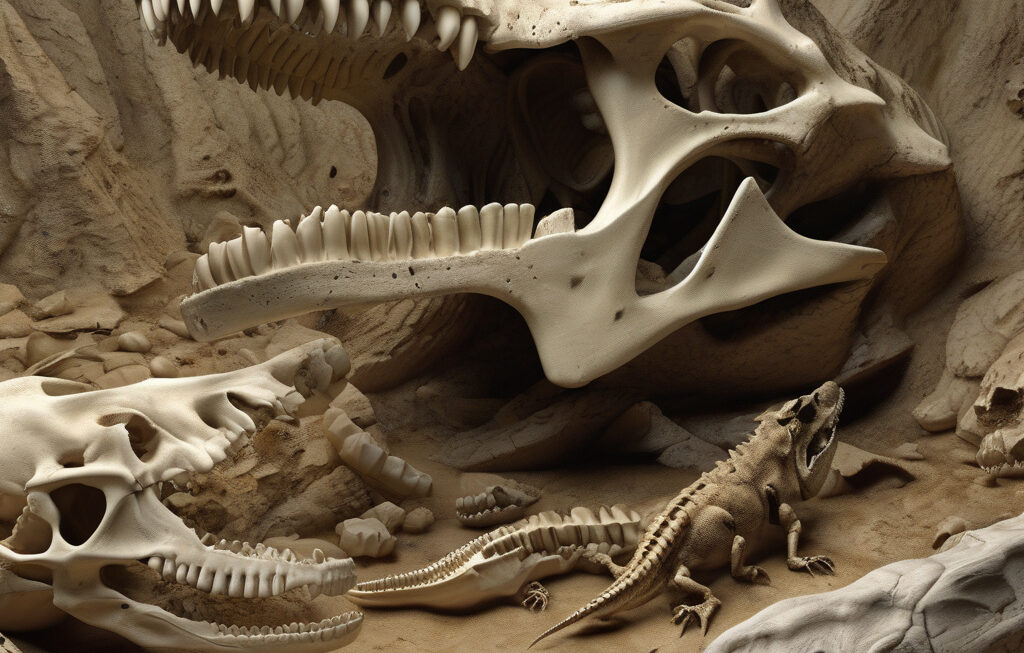160-million-year-old Footprints Reveal How Flying Dinosaur Cousins Conquered Land
We typically picture ancient pterosaurs as purely aerial giants of the dinosaur era. However, exciting new discoveries have shed light on how these flying reptiles and their dinosaur cousins also roamed the land. Recently, in the Jura Mountains of France, paleontologists unearthed a treasure trove of 160-million-year-old footprints that challenge our understanding of these prehistoric creatures.
The tracks found in this region offer a glimpse into the diverse behaviors of pterosaurs and dinosaurs during the Late Jurassic period. What makes this discovery truly remarkable is the sheer variety of footprints present, showcasing different species interacting and moving across the landscape. From large pterosaur tracks with impressive wingspans to nimble theropod dinosaur prints, the site paints a vivid picture of a bustling ancient ecosystem.
One of the most intriguing aspects of these footprints is the evidence of pterosaurs walking on all fours. While we often think of them as bipedal creatures that took to the skies for flight, these tracks suggest a more complex behavior pattern. By analyzing the spacing and depth of the prints, scientists can infer details about how these animals moved on the ground, providing valuable insights into their biomechanics and daily activities.
Moreover, the coexistence of pterosaur and dinosaur tracks in the same location offers a rare opportunity to study their interactions. Did they compete for resources, or did they occupy different ecological niches? By studying the distribution of tracks and analyzing their sizes and patterns, researchers can piece together the dynamics of this ancient ecosystem and how these creatures shared and utilized the land.
This discovery also highlights the importance of track sites in paleontological research. While fossils provide valuable information about ancient organisms, footprints offer a unique perspective on behavior and locomotion. By studying tracks, scientists can reconstruct movement patterns, social behaviors, and even environmental conditions with a level of detail that is not always possible with skeletal remains alone.
In addition to the scientific insights gained from these footprints, the discovery in the Jura Mountains has significant implications for our understanding of evolution and adaptation. It showcases the remarkable diversity of life during the Mesozoic era and underscores the complex interplay between different groups of animals in ancient ecosystems. By unraveling the mysteries hidden within these tracks, researchers can piece together the puzzle of how pterosaurs and dinosaurs thrived and evolved in a world dominated by giants.
As we continue to uncover more about the ancient past through discoveries like these 160-million-year-old footprints, we are reminded of the rich tapestry of life that has existed on our planet. Each new find adds another thread to the story of evolution, offering a deeper understanding of the forces that shaped life on Earth millions of years ago.
In conclusion, the recent discovery of these remarkable footprints in the Jura Mountains provides a fascinating window into the world of ancient pterosaurs and dinosaurs. By studying these tracks, scientists are unraveling the secrets of how these flying cousins conquered the land, offering valuable insights into their behaviors, interactions, and adaptations. As we piece together the clues left behind in stone, we come one step closer to unraveling the mysteries of our prehistoric past.
prehistoric, paleontology, evolution, dinosaur, discovery












